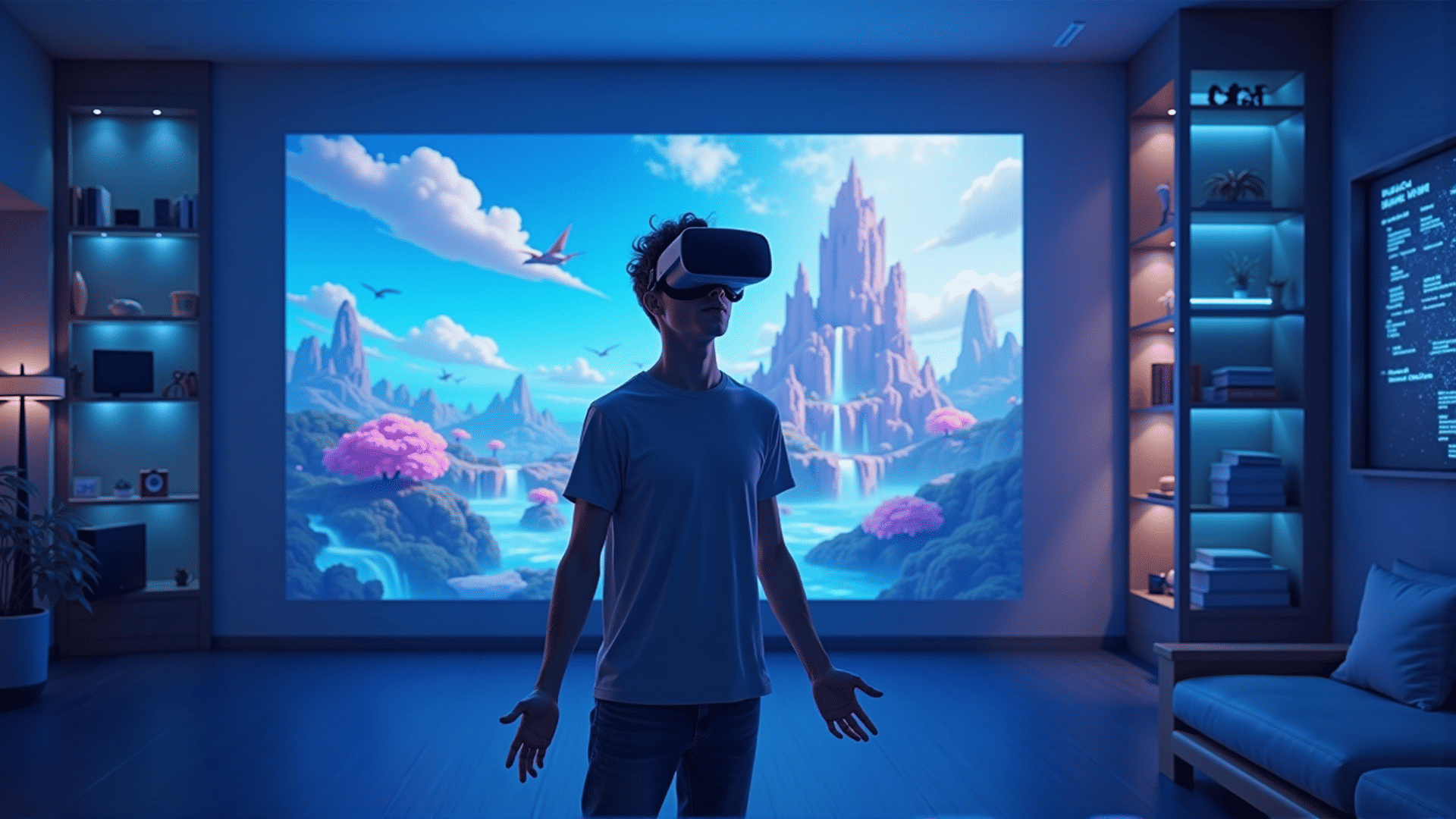In recent years, the realm of virtual reality (VR) has transcended the scope of traditional gaming and entertainment to create dynamic, interactive experiences that blur the line between the digital world and the tangible. These immersive adventures allow users to traverse new landscapes, venture into historic epochs, and engage with environments as if they were part of them, all from the comfort of their own living rooms. As VR technology continues to evolve, it expands its sphere to encompass not only immersive entertainment but also pioneering educational opportunities, establishing itself as a versatile tool for exploration and learning.
One of the most engaging aspects of VR is its ability to transport users to places otherwise inaccessible. Picture exploring the deep ocean without needing dive gear, or walking through the bustling streets of ancient Rome without a time machine. With VR, such experiences become virtually possible. By leveraging photorealistic graphics, spatial sound, and haptic feedback technology, developers have crafted experiences that engage the senses and stimulate the imagination. Companies like Oculus, HTC Vive, and Sony have invested in creating highly detailed environments that entice users to explore every nook and cranny, making virtual traveling a thrilling prospect.
More than just the fantasy of escaping to new worlds, VR adventures can also serve as intricate training tools. In aviation, for example, VR is increasingly used to provide pilots with risk-free environments to practice maneuvers and cockpit management skills before taking to the skies. Moreover, for astronauts preparing for the disorienting conditions of space, VR offers a safe simulation of extra-terrestrial terrains where they can conduct mission rehearsals without the need for physical travel or resource expenditure.
In the realm of education, VR is opening doors to immersive learning experiences that were previously unimaginable. Imagine students donning headsets to not just read about complex scientific phenomena but to witness them first-hand in a controlled virtual laboratory. History classes can come alive as learners walk alongside figures of the past or witness significant events unfold around them. By captivating the curiosity and actively involving students in their learning journey, VR can transform passive learning into a captivating, interactive experience, fostering a deeper understanding and retention of information.
Museums and cultural institutions are also embracing the power of VR to create exhibits that breathe new life into art and history. Visitors can step into famous paintings, interact with elements and characters, and gain an entirely new perspective on works that were previously confined to the walls of galleries. This confluence of technology and art has the potential to enrich public engagement, drawing new audiences who seek experiential content over traditional, static displays.
However, alongside these exciting possibilities come challenges that need addressing. VR technology is still in its nascent stages, and accessibility remains one of its significant hurdles. The cost of high-quality VR equipment can be prohibitive for many users, which poses a barrier to mainstream adoption. Furthermore, while immersive experiences can captivate, they need to be carefully designed to avoid inducing motion sickness and to ensure user comfort.
Despite these challenges, the trajectory of virtual reality adventures points towards an exciting future. As the technology matures and becomes more accessible, the potential for VR to redefine both entertainment and education is colossal. The journey toward immersive learning experiences and boundary-pushing entertainment is just beginning, and with continued innovation, virtual reality can truly become a gateway to exploring the vast expanses of the imagination, rewriting the rules on how we interact with both the real and virtual worlds.
